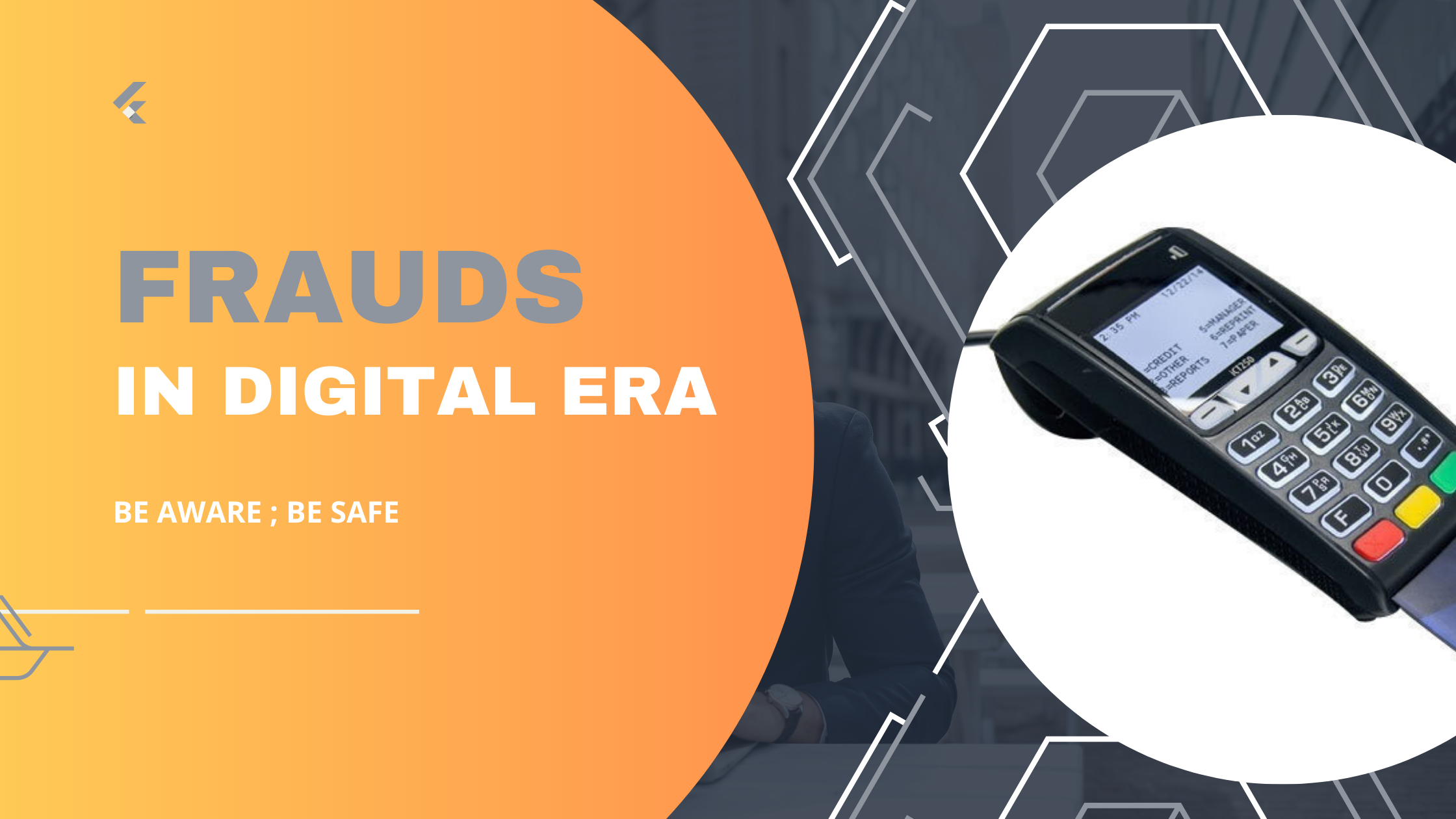Frauds in Digital Era
In today’s era of digitization, frauds have also been on the upswing. The single most factor which is fuelling fraud in the current scenario is “Technology”. Firstly, we need to understand, “Why does fraud occur?”.
Once the three factors perpetuate as a fraud triangle, fraud occurs. These factors are (a) Greed, (b) Chance, and (c) illogical reasoning.
Presently, in the Banking sector, the three most crucial frauds which occur are (a) Internet Banking and ATMs, (b) banking such as Credit and debit cards, and (c) Identity Theft. With the rise of the digital dream of India in the form of the commitment of the Government to spend INR 1.13 trillion in digitization, the chances will be on the rise for fraudsters to manipulate and succeed in doing fraud.
If you see the changes in the regulatory paradigm over a period of time from October 2008 to date, the Banking regulator, RBI has brought drastic changes in the regulations which facilitate modern-day banking through the use of technology. The series of reforms by the regulator include allowing mobile banking, internet banking, mobile wallets, and introducing the EMV chip and Pin based cards as well as ATMs.
With the recent technological development and evolution of the regulatory framework, the various typologies of fraud are on the rise such as Triangulation (use of a card for shopping on a fraudulent site and parting with card data), Phishing (email pushing you to a site which is cloned and a replica of original website), Vishing (combination of Voice and Phishing, voice call used to get hold of your card details by portraying as bank staff), Malware (malicious software code used to gain access of ATMs and get hold of cash) and many more (spoofing both email and SMS). With the rise of fraud due to new methods of fraud, it has become important to build strong internal controls to facilitate and to obviate, the occurrence of such events.
The key controls which a Bank need to build to tackle fraud are;
- Governance function in place with a strong policy framework and committee to deal with such instances.
- Setting up a team who can handle the prevention of fraud in an online scenario such transaction monitoring team.
- Carrying out route cause analysis of frauds and understanding the point of compromise in all online cyber security frauds.
- Reporting to regulatory authorities in time.
- Last but not least, the prolific team understands and is quick to respond to such situations.
So to sum up, there are four pillars to describe the fraud in digital era and these are :
- Recent technological development
- Evolution of regulatory framework
- New cyberspace frauds typology and modus operandi
- Strong controls mechanism
Any organization looking to tackle fraud in cybercrime has to attend to the aforementioned reasons to address it appropriately.


COMMENTS